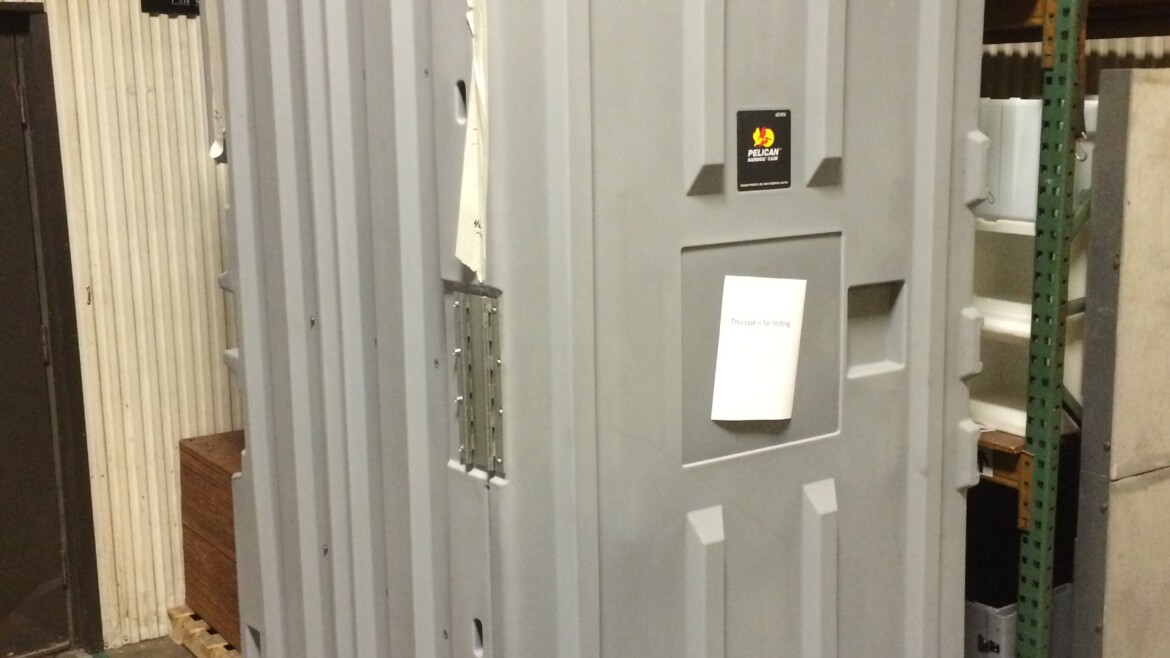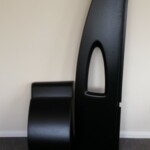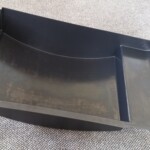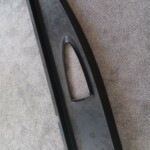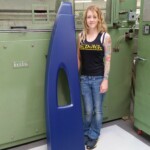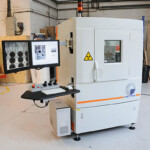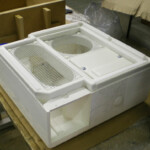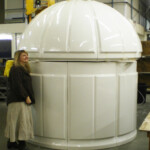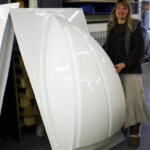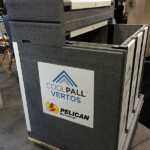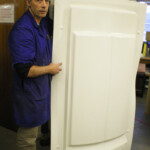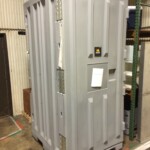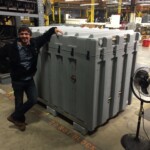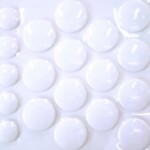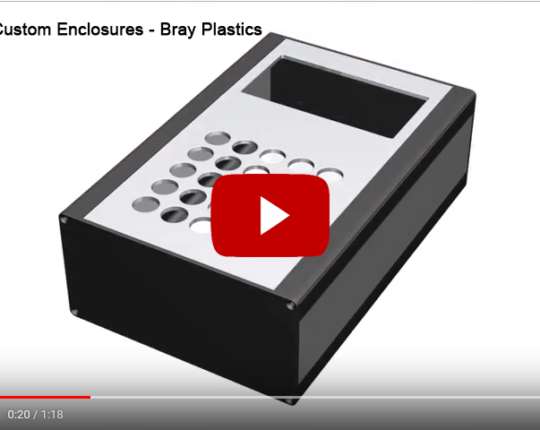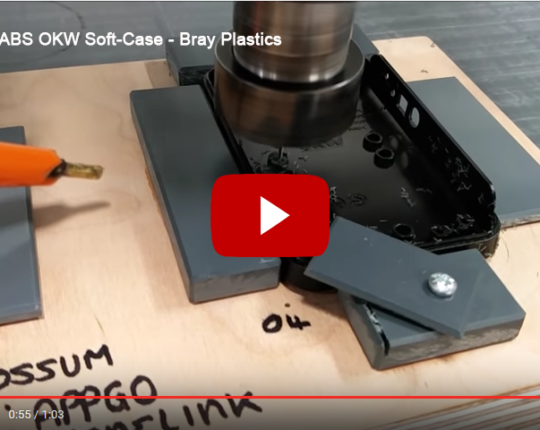The terms vacuum forming and thermoforming are usually interchangeable, however thermoforming is a more generic term and refers to a range of fabrication processing where a plastic sheet has been heated to its ‘plastic’ malleable state and then shaped using a mould. The forming (pushing the plastic on to the mould) can be via vacuum or air pressure.
A male or female mould can be used. A male mould is the same shape as the object being formed, and the plastic sheet would be placed over it. A female mould forms the exterior of a shape and is the reverse of the object being made.
Once the plastic has cooled it will be permanently in the shape of the mould unless it is heated to a high temperature again.
Thermoforming can include pressure forming, vacuum forming and twin sheet forming.
Vacuum forming is a type of thermoforming. The plastic is heated to it’s plastic, soft, malleable shape and placed over a mould. Then the air is vacuumed out, sucking the plastic onto the mould. Then the plastic is cooled back to a solid state, forming the new shape. The air can then be blown back to free the plastic from its mould.
Here are some examples of vacuum forming.

